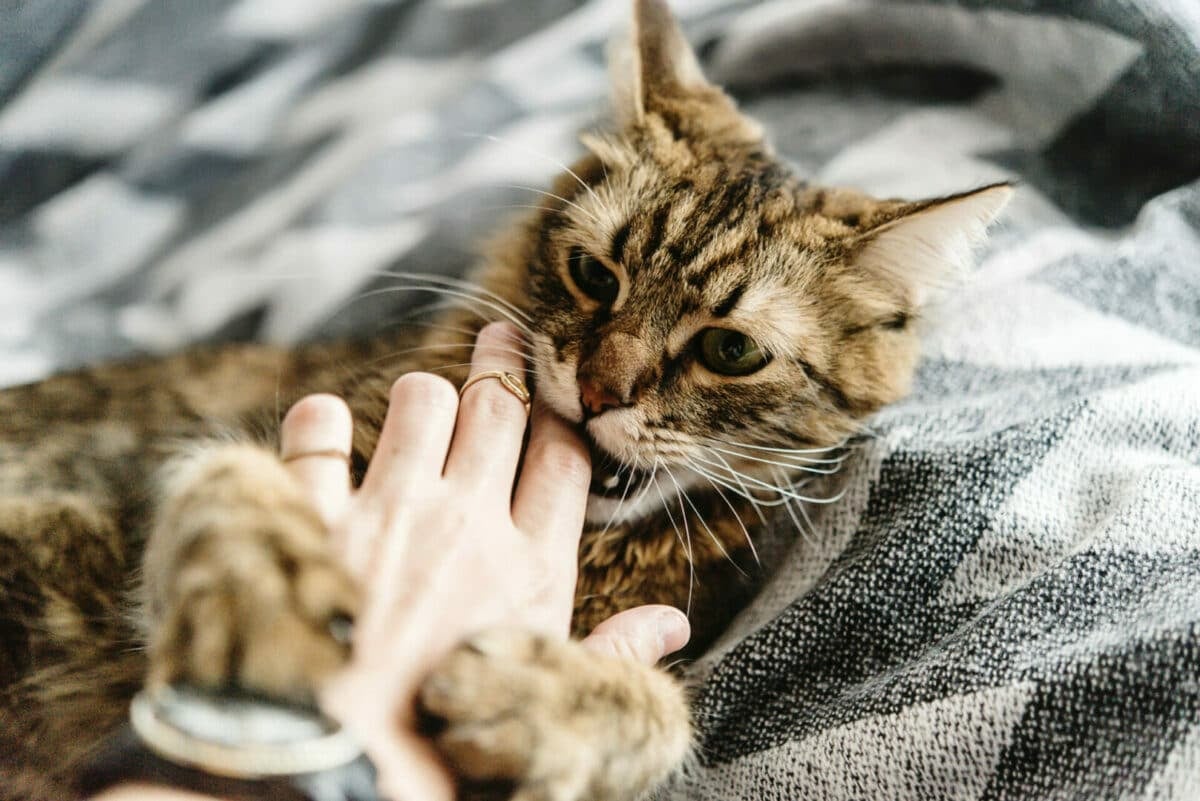When a cat becomes pregnant, their body goes through many changes, including a significant increase in nutritional needs. Providing the...
When a cat becomes pregnant, their body goes through many changes, including a significant increase in nutritional needs. Providing the...
When a cat becomes pregnant, their body goes through many changes, including a significant increase in nutritional needs. Providing the...
This article discusses how pet owners may ensure that a cat that has just given birth and her kittens are taken care of to remain happy and healthy.
This article details what pet owners should do when their cat is getting ready to give birth -- from changes to their home to how to help during delivery.
This article discusses how early a nursing queen can experience heat and pregnancy after giving birth and what signs you should be on the lookout for.
This article focuses on details of a cat's pregnancy, including signs they are expecting, length of pregnancy, and how to keep the cat in good health.
This article details difficult cat births, complete with the symptoms, causes, veterinary treatment, and what to do if complications arise.
This article details how toxoplasmosis is treated in cats, how it’s transmitted to humans, and what you can do to protect you and your pet against it.
Pregnant cats need more nutrient-dense diets. Mineral supplements are necessary to prevent milk fever and to ensure the healthy development of kittens.
Cats can tell human pregnancies by noticing changes to their pet owners’ body odor, temperature, and behavior. They also hear the unborn baby’s heartbeat.
If you are unsure whether your cat is pregnant, this article includes some tell-tale signs and advice on what to do and what to avoid during the pregnancy.










